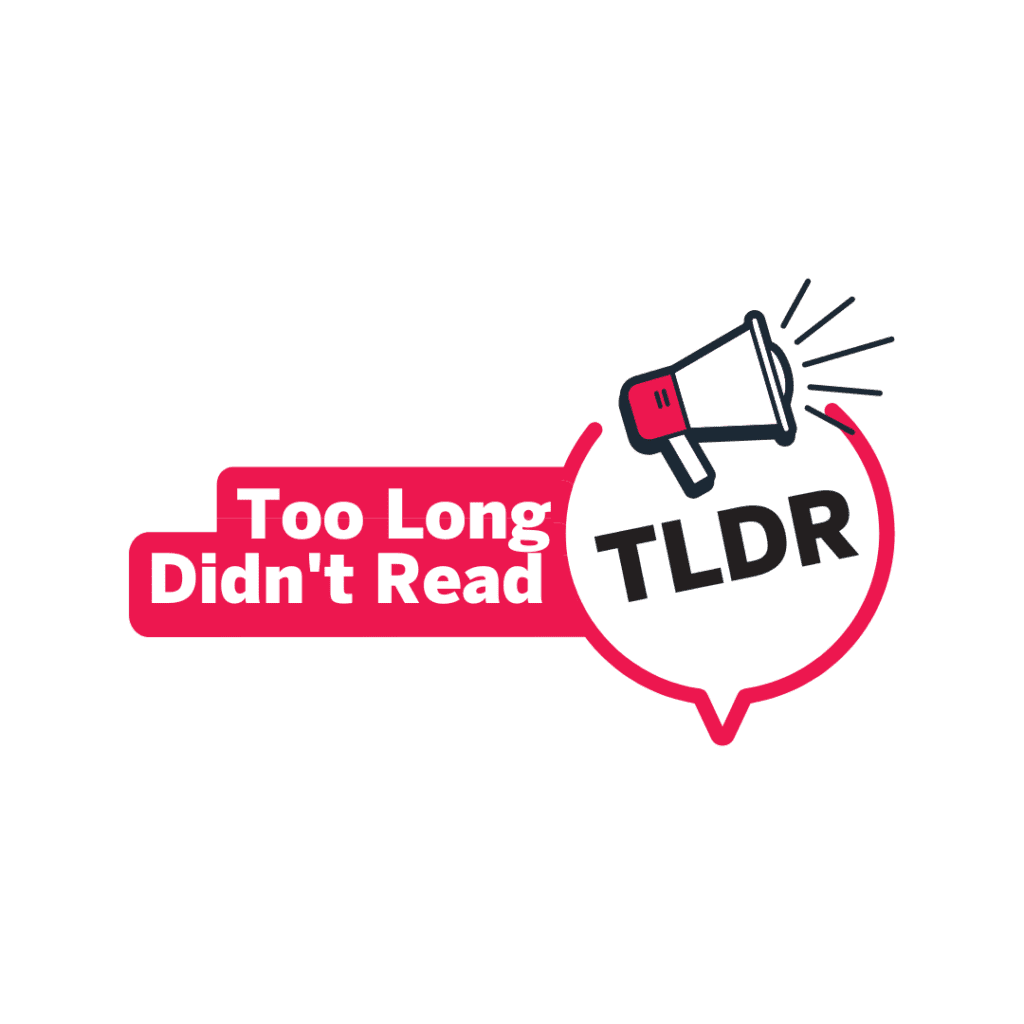

Aim
In this study we are critically examining the current models of community sport governance and inclusive practices. Specifically, we aim to challenge how we think about community sport board volunteers and the effectiveness of professionalized board structures.
Background
As defined by the EU Expert Group on Good Governance (2013), sport governance is “the framework and culture within which a sports body sets policy, delivers strategic objectives, engages with stakeholders, monitors performance, evaluates and manages risk and reports to its constituents”. As noted by Kerwin (2013), board members identify with individuals or groups within their sport club that directly (or indirectly) influences conflict and disagreement. Further, given that identities such as gender, race, (dis)ability, class or caste, sex, and sexuality are social positions that possess societal status and power (Sartore & Cunningham, 2010), it is important to understand how board members’ diverse social identities, as well as that of their families’, influence sport governance and sport decision making.
Methods
With the exploratory nature of the study, a qualitative ethnographic approach was appropriate. For one sport, 6 boards, across Ontario, Canada representing diverse geographical areas (urban, suburban, rural) and player densities participated in the study. Importantly, these organizations govern sport clubs that serve thousands of sport participants in the community area. We observed monthly/bi-monthly board meetings with each district for the duration of one year (69 observations in total) alongside interviews with 30 board members from these 6 boards. Simultaneously, bi-weekly team analysis meetings occurred over 2.5 years. Data analysis was guided by an interpretative approach to thematic analysis to search for patterns of meaning across the qualitative dataset (Braun et al., 2016; Sparkes & Smith, 2014).
Findings
The preliminary findings challenge the current frame of sport governance into design archetypes. At the community level, the data suggest that idiosyncratic resolutions based on the volunteer nature of these boards and the balance of power between staff and volunteers must be considered when defining effective governance in this context. In particular, the identity targets that board members bring within them to decision making play a key role in defining the direction of board discussions. This is relevant as our findings highlight that board identity shapes the domain, principles of organization and definitions effectiveness in this context. The role of board members is critical to board functioning.
In particular, we advocate to challenge “what is effective” when evaluating governance of sport boards. We also must reflect on “who is involved” in the definition of effectiveness where we question the dominant power structures that have controlled board culture, policies and decision making for decades. Although boards might articulate the goal of inclusion or acknowledge that a more equitable culture is needed, evidence of silence, maintenance of the status quo and practices to resistance are being uncovered. Over the past couple of years, the inequities of COVID-19 as well as the Black Lives Matter movement, highlighted attempts for allyship to align with social movements. Yet, we are observing that these initiatives lack processes for sustained change with the lack of clarity (e.g., mission statements), principles of organizing (e.g., codes of conduct), and lack of power and voice within the board relations.
Implications and key tips
As sport governing bodies begin to function in contexts where larger social movements must guide decision making, it is important that we step back and critically review the values that volunteer board members bring to their boards (e.g., safe sport, sport-for-all, performative or action allyship) in juxtaposition with the values that underpin executive and boardroom structures of governance. In terms of practical implications, we suggest the following key tips to balance the principles of good governance with the power structures that are historically embedded in the definitions of leadership in sport:
- Engage in a regular review of principles of organizing and definitions of effectiveness
- Critically evaluate who is involved in decision-making
- Ensure that diversity and inclusion is embedded in guiding principles that define effectiveness
- Transform performative diversity statements into measurable actions